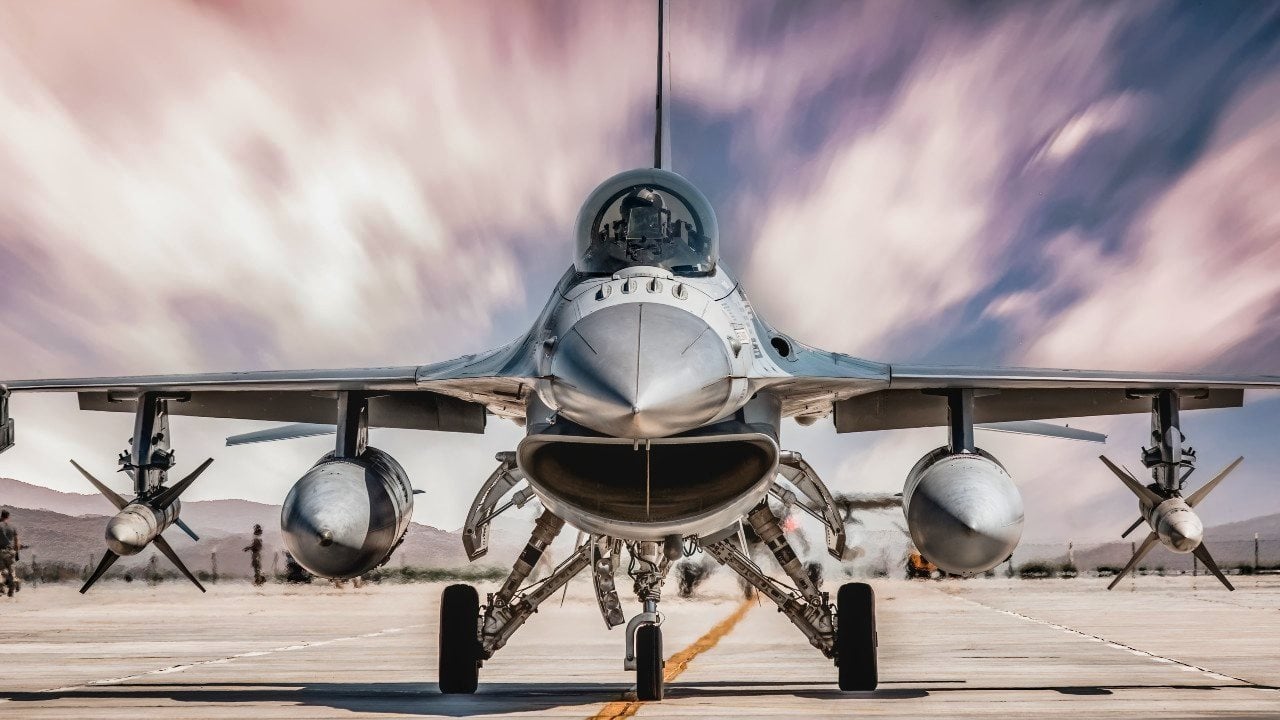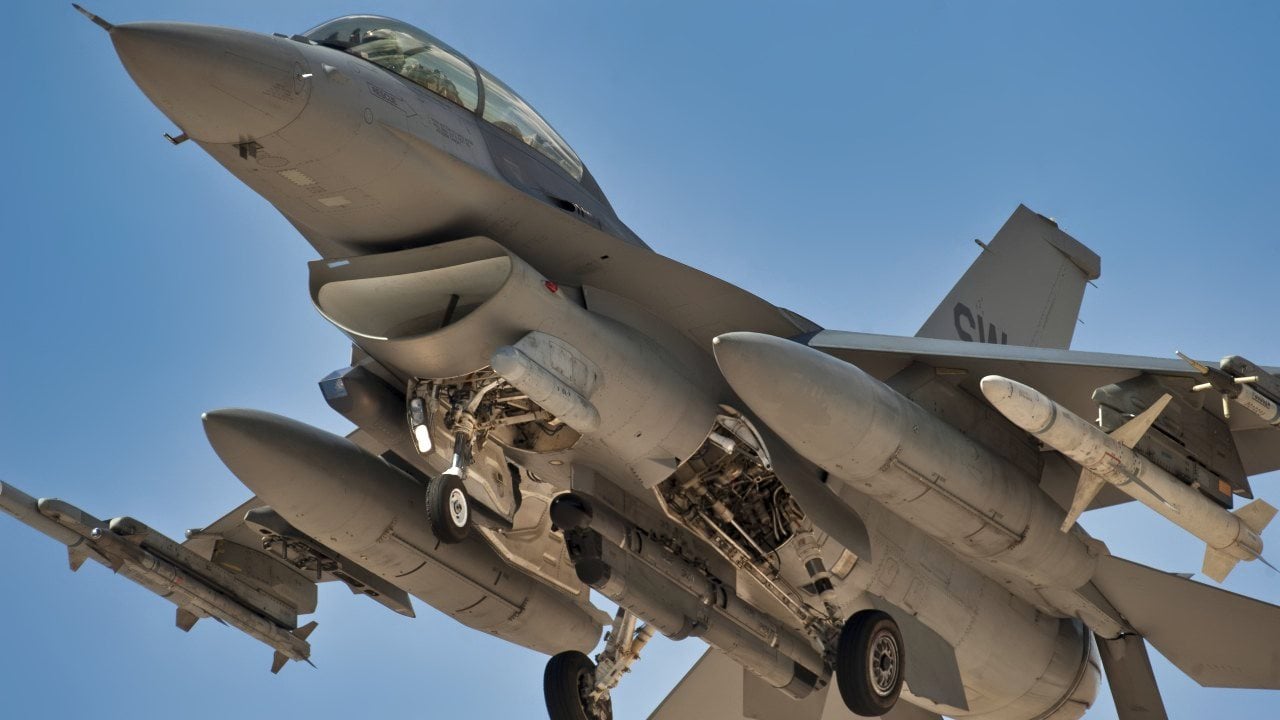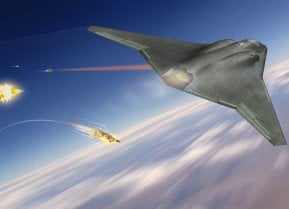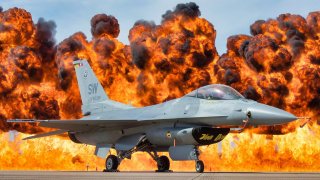Is the Era of the F-16 Fighter Truly Over?
The F-16 Fighting Falcon, first developed in the 1970s as an air-superiority fighter, has become one of the most widely produced and versatile combat aircraft in history.
Summary and Key Points: The F-16 Fighting Falcon, first developed in the 1970s as an air-superiority fighter, has become one of the most widely produced and versatile combat aircraft in history.

-Originally designed with the Energy-Maneuverability Theory to maximize agility, the F-16 has been continuously upgraded with advanced avionics, sensors, and more powerful engines, making it a formidable opponent in modern air combat. With its 11 external hardpoints and advanced radar systems, the F-16 remains highly relevant despite being a fourth-generation fighter.
-As Ukraine receives F-16s from Denmark and the Netherlands, these aircraft are expected to significantly enhance the Ukrainian Air Force's capabilities against Russian forces.
Introducing the F-16 Fighting Falcon platform:
First conceived in the 1970s as a day air-superiority fighter, the F-16 Fighting Falcon has gone on to become one of the most widely produced combat aircraft ever. The brainchild of Col. John Boyd and the “Fighter Mafia,” the F-16 was designed to maneuver with minimal energy loss. It was the first fighter to take advantage of the new Energy-Maneuverability Theory of dogfighting.
From these beginnings, the F-16 has been progressively upgraded, gaining Beyond Visual Range capabilities, improved sensors and avionics, and more powerful engines. The jet can remain in the air longer than enemy near-peers due to its superior combat radius.
Older F-16 variants feature nine hardpoints for weapon payloads and can carry the AIM-9 Sidewinder, Raytheon AMRAAM, Raytheon Sparrow, and other air-to-air and air-to-surface missiles.
Many nations outside the U.S. recognize the value of the F-16 – there are over 30 current, former, and future operators. F-16s headed to Ukraine now are being supplied by Denmark and the Netherlands.
Uses in Ukraine
Stealth aircraft are the future but there is still a place for non-stealthy, fourth-generation fighters. Modern stealth fighter aircraft are relatively limited in their payload, since they must carry weapons internally to maintain a small radar cross section. By contrast, modern F-16s have 11 external hardpoints. The inclusion of the AN/APG-80 AESA radar and IRST give upgraded F-16s sensors with capabilities similar to the most modern fighters.
Currently, the Ukrainian Air Force fights Russia with Soviet-era Su-27s and Mig-29s, compared to Russia’s newer Su-30s and Su-35s. F-16s are at least on par with these aircraft. Opponents of providing F-16s to Ukraine have argued that Russia’s advanced S-400 SAM system would easily outclass these fighters.
But those who applaud the transfer of F-16s point to the platform's potential integration with Western weapons systems. If Western aid continues and provides more advanced weaponry to Ukraine such as the AIM-120 air-to-air missile, it is far easier to equip those weapons on F-16s which have already been approved for their use. Any weapons the U.S. or other supply must be jury-rigged onto Soviet aircraft that were not designed to carry them, which hinders their utility.

Although F-16s are older, they are still highly capable combat aircraft and, with all their upgrades, very relevant on the modern battlefield. While it’s unlikely they will rapidly shift the tide in the air war over Ukraine, they represent a valuable asset that strengthens Ukraine’s overall position and gives them much room to grow.
About the Author: Defense Expert Maya Carlin
Maya Carlin, National Security Writer with The National Interest, is an analyst with the Center for Security Policy and a former Anna Sobol Levy Fellow at IDC Herzliya in Israel. She has by-lines in many publications, including The National Interest, Jerusalem Post, and Times of Israel. You can follow her on Twitter: @MayaCarlin.
All images are Creative Commons and/or Shutterstock.


